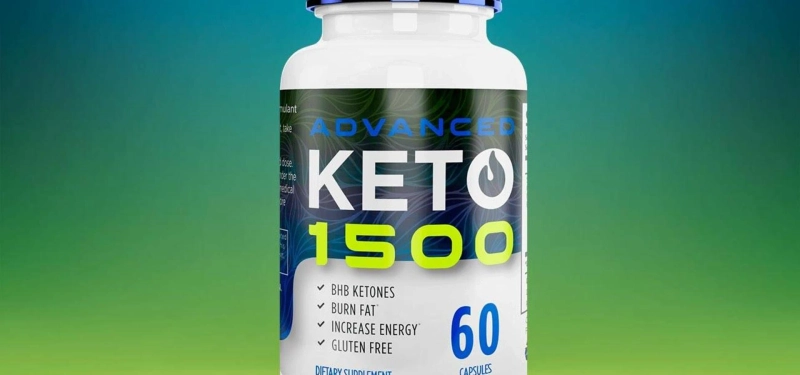Isoflavones are in the group of phytochemicals and are also commonly known as phytoestrogens or "plant estrogens" due to their similar structure to the female sex hormone estrogen.
Isoflavones are the so-called polyphenolic compounds and are found in high concentrations in various plants such as soybeans, red clover or legumes. Today, weak estrogens, such as isoflavones, are believed to be capable of exerting an estrogenic effect.
Especially in women with typical menopausal symptoms, soy isoflavones have often proven to be an excellent therapeutic alternative.
Isoflavones in menopausal symptoms - positive characteristics
First of all, menopause, especially in women, is not a disease but a completely natural physiological process. In particular, during menopause, estrogen production decreases and a woman's body reverses.
Around 50 to 80 percent of women in Western countries experience natural side effects at the beginning of menopause. These include hot flashes, night sweats, sleep disturbances, anxiety, depression.
In addition to the classical therapeutic treatment, more and more women prefer hormone replacement treatment with soy foods or isoflavones. These have been shown to be gentle, herbal, yet effective alternative treatments in relieving symptoms.
Today, isoflavones are also believed to not only relieve many symptoms of menopause. Among other things, isoflavones are often said to keep the blood more fluid and thus reduce the risk of atherosclerosis.
Asian model - Diet rich in soy with isoflavones
One possible and highly probable reason that breast cancer and menopausal symptoms are much rarer in many Asian countries than in Western women is that they have a diet rich in soy.
By this known fact, the phenomenon of soy and isoflavone was investigated more and more. The result was the hormonal effect of isoflavones, which was ultimately associated as the cause. In Asian countries where soy-containing diets are common, people consume an average of 15 to 50 mg / day.
In Western countries, on the other hand, daily intakes are less than 2 mg per food, only a fraction of those in Asian countries.
This led to the suggestion that the difference in heavy consumption of soy products, as is common in Asian countries like Japan, could be the reason for fewer menopausal symptoms. Most of the dietary supplements containing isoflavones have come onto the market as a result of this observation and are becoming increasingly popular.
It seems like no matter how much you exercise or what diet you’re on, the stubborn fat on your belly, thighs, and buttocks just won’t go away. Genetics most likely dictates where most of your fat accumulates, although women tend to store fat in the hips and thighs, in addition to the belly and buttocks. At Tahoe Women’s Care, we know how frustrating stubborn fat can be, and we’re here to help you understand some of the things that cause it and what you can do to eliminate pockets of stubborn fat for good. Keto Advanced 1500 Canada Reviews


